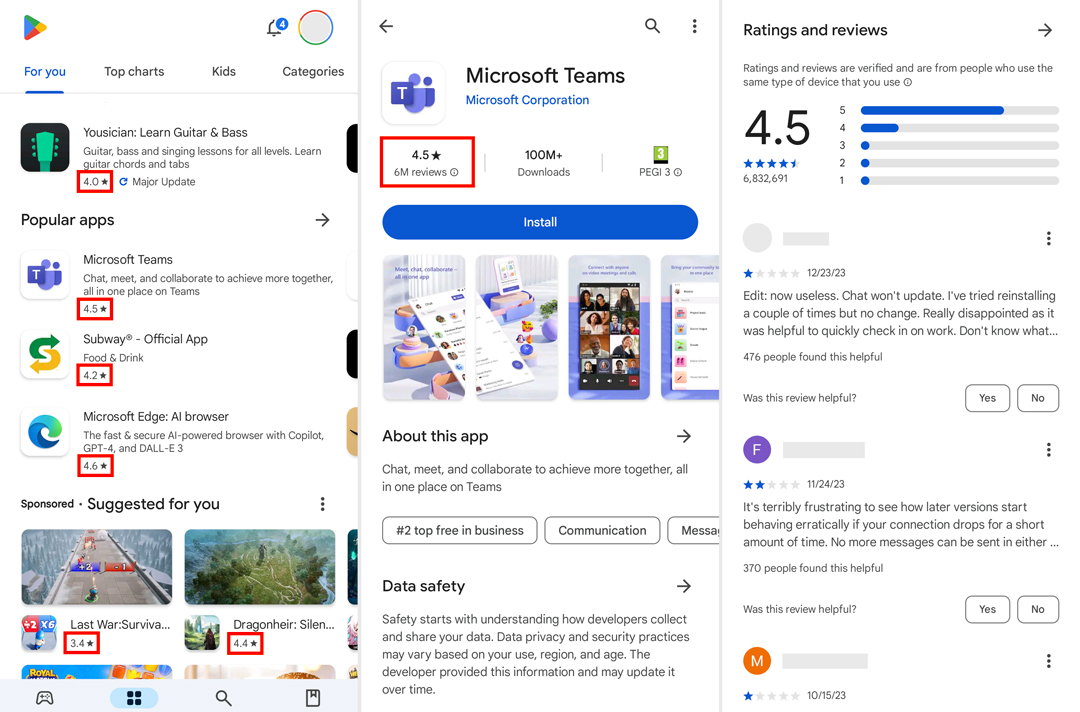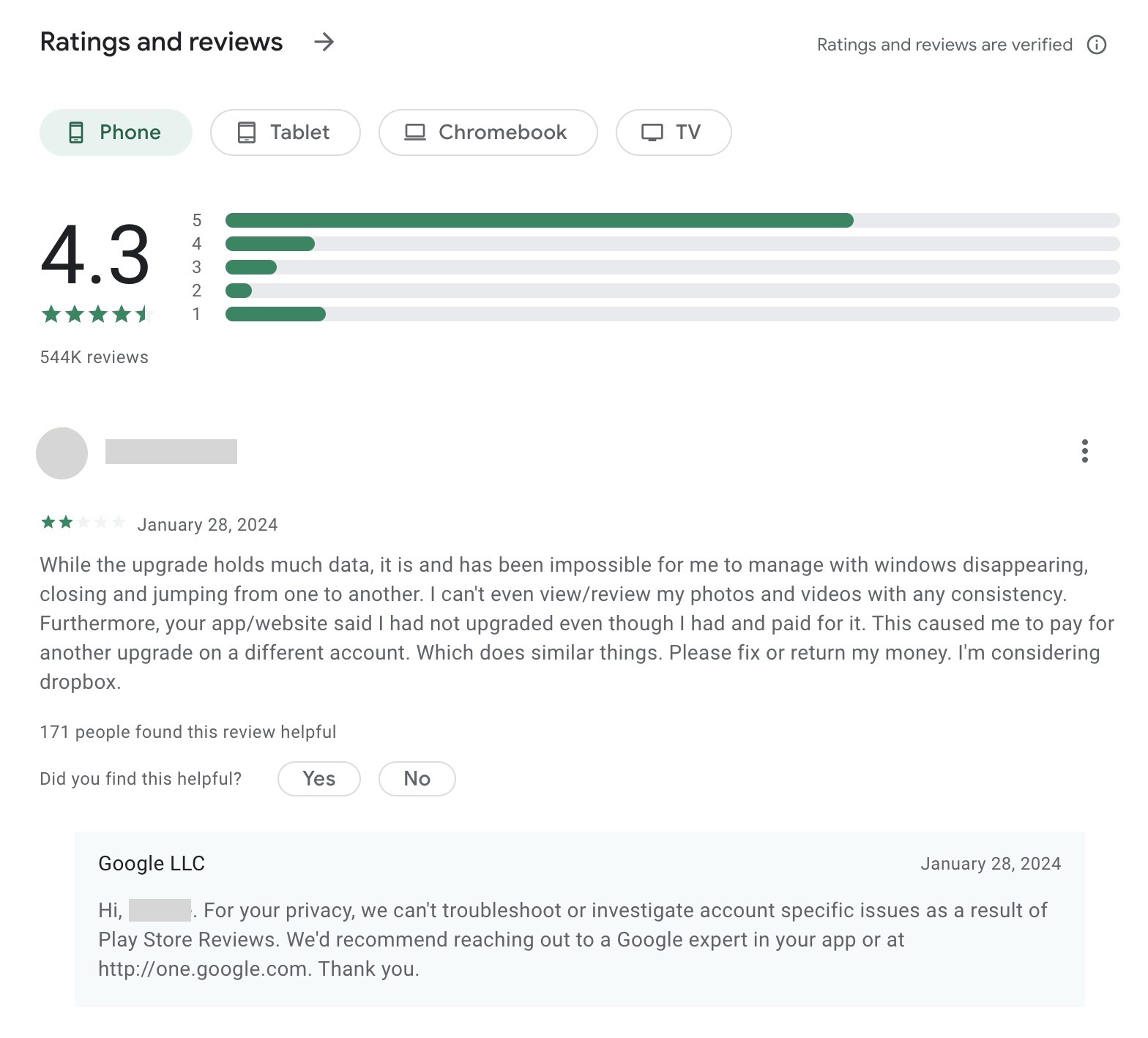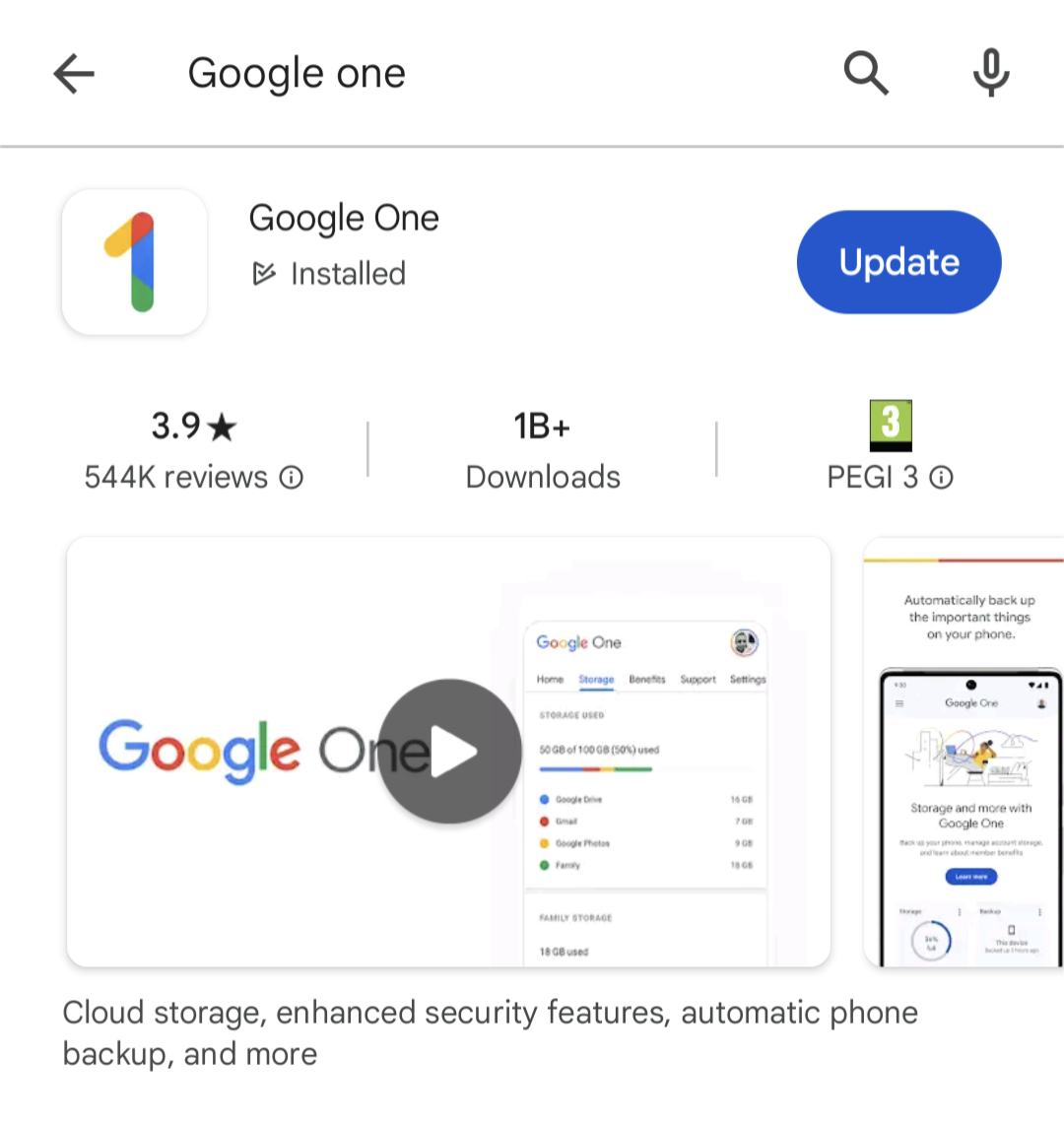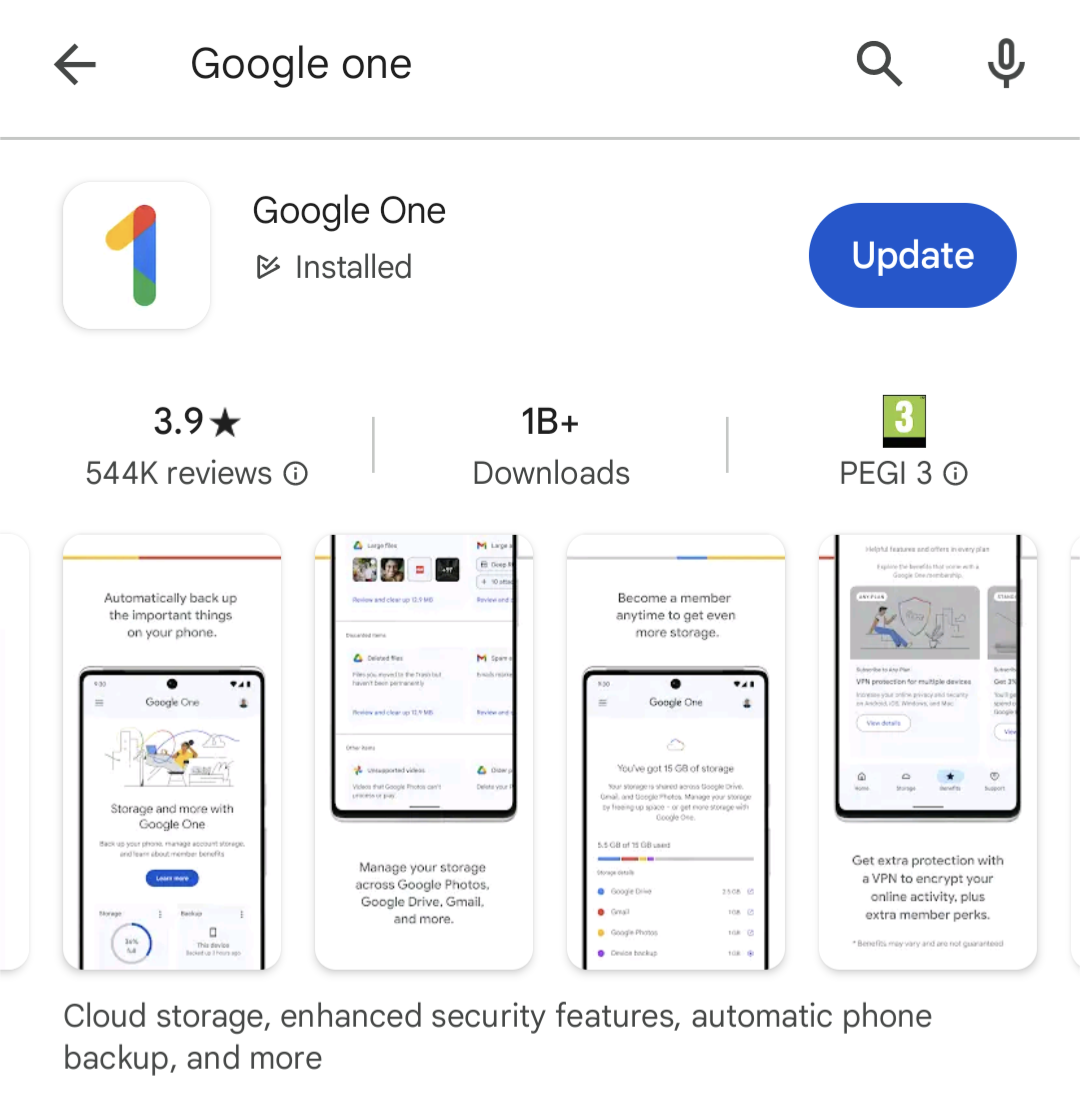Maximize app store visibility & success with this App Store Optimization how-to guide. Discover the key aspects of ASO & how to maximize success in Google Play & Apple App Store.
Whether you are new to app store optimization or simply keen to refine your approach to ASO, this post shares practical insights that are proven to maximize app store success.
App store optimization (ASO) is a crucial marketing strategy for anyone looking to improve the visibility and conversion of their mobile app. With over 5 million apps across the Apple App Store and Google Play Store, standing out has become extremely difficult. This is where ASO comes in
In this comprehensive guide, I’ll explain everything you need to know about app store optimization including
- What is ASO and why it’s important
- How ASO works on the Apple App Store and Google Play Store
- ASO strategies and best practices
- Tools to optimize app visibility
- Measuring and improving ASO performance
Let’s get started!
What is App Store Optimization?
App store optimization refers to the process of optimizing your app’s store listing page to maximize its visibility and conversion rate in app stores like the Apple App Store and Google Play Store.
The goal of ASO is to help users find your app more easily when searching for apps related to a certain category, feature or keyword The higher visibility leads to increased organic downloads and better rankings.
ASO is often compared to SEO because it applies similar optimization strategies to app store pages. You optimize the title, description, keywords, screenshots and videos on your app’s page to target relevant search terms and stand out in search results.
The main components of ASO include:
- Keyword research – Identifying high-value keywords users search for
- Title and subtitle optimization
- App description optimization
- Image and video optimization
- Ratings and reviews
- Localization and translation
Without ASO, it’s extremely difficult for users to find your app organically. ASO brings the right users who are looking for an app like yours to your page, leading to more downloads and better rankings.
Why is App Store Optimization Important?
With over 4.5 million apps on Google Play and 1.8 million on the App Store, competition is fierce. Here are some key reasons why ASO is crucial for app success:
-
Discoverability: ASO makes it easier for your target users to find your app when searching for certain functions or keywords. This leads to increased organic downloads.
-
Higher rankings: Apps with optimized stores listings and more relevant keywords tend to rank higher in search results. Better rankings lead to exponential growth in downloads.
-
Lower user acquisition costs: With good ASO, you can rely more on organic downloads rather than paid ads to get users. This significantly reduces user acquisition spends.
-
Improved conversion rates: An optimized app store page convinces more visitors to download your app. This further boosts rankings.
Clearly, ASO has a direct impact on the two most important app store metrics – total downloads and rankings. The better your ASO strategy, the more organic users your app will attract.
How Does App Store Optimization Work?
Now that you know what ASO is and why it’s important, let’s look at how it works on the two biggest app stores – the Apple App Store and Google Play Store.
Apple App Store ASO
Apple does not publish its app store ranking algorithm. However, through extensive research and testing, ASO experts have identified the main elements that impact App Store visibility and rankings:
-
Keywords – The keywords field allows you to enter relevant keywords that users may search for. Matching search terms landing on your page helps rankings.
-
Title – The app title should be catchy and optimized to target relevant keywords. Keep it under 30 characters.
-
Subtitle – The 30-character subtitle provides additional context about your app. Include keywords here.
-
Description – This longer description can be optimized with keywords to target searches. Keep it engaging.
-
Ratings & Reviews – High ratings and more reviews signal an appealing app. Apple rewards apps with more positive ratings.
-
Downloads – Number of downloads heavily influences rankings on the App Store. ASO helps drive more organic downloads.
-
Release Notes – Regularly updating release notes shows an active app. Highlights new features for users.
-
Localization – Making your app listing available in other languages helps increase reach.
Optimizing these elements, testing different keyword variations, and monitoring rankings is key to App Store ASO.
Google Play Store ASO
Google has provided more insight into how rankings work on the Play Store. Some key elements include:
-
Title & description – Include keywords naturally in the title and description. Write an compelling description.
-
Downloads & ratings – Google Play ranks apps based on a combination of downloads, ratings and reviews.
-
Keyword optimization – Include keywords in the app title, description and in-app. Monitor what brings traffic.
-
APK details – Enter relevant keywords when submitting your APK to Google Play.
-
Link building – Get links to your Play Store listing from other sites to boost rankings.
-
Localization – Make your store listing available in local languages.
The Play Store algorithm also considers other engagement and behavioral signals that reflect app quality and user experience. ASO helps drive these ranking factors.
App Store Optimization – Step-by-Step
Now let’s walk through the key steps involved in optimizing your app’s page:
1. Keyword Research
This first step involves brainstorming relevant keywords that users would search for when looking for an app like yours. Identify both broad and long-tail, specific phrases.
Analyze competitors to see what keywords they rank for. Use ASO keyword tools to find search volumes data. Identify high-value keywords to target.
2. Optimize Title & Subtitle
Keep your app title catchy, short and optimized with 1-2 primary keywords. Mention your brand name and key functions.
Use the 30-character subtitle on the App Store to include secondary keywords. Add some personality.
3. Write a Powerful Description
The description is your sales pitch to convince users to download your app. Craft an engaging, benefit-focused description optimized with keywords.
Highlight your app’s unique value proposition and top features. Use formatting like bullet points for skimmability.
4. Choose Compelling Screenshots
Showcase your app’s key features and UI visually through effective screenshots. Include text overlays pointing out main benefits.
Optimize screenshot file names with target keywords. Use HD quality app screenshots.
5. Add a Video Preview
Add a short video demonstrating your app’s user experience. This helps convince visitors of your app’s value.
Keep it under 30 seconds. Make it engaging and brand consistent.
6. Localize App Listing
Make your app visible across geographies by localizing your listing title, screenshots and description.
Pick countries and languages based on your target audience. Get translations done professionally.
7. Monitor & Improve Ratings
Encourage users to rate and review your app positively. Monitor rating sentiment and respond appropriately.
Track ratings over time, across geographies and analyze impact on rankings.
8. Analyze Performance
Use ASO tools to track rankings for target keywords over time. Which keywords drive most conversions?
Monitor overall conversion rates. A/B test listing page elements to improve conversions.
Continuously analyze data and double down on what works. Refine your ASO strategy accordingly for the best results.
App Store Optimization Best Practices
Here are some proven best practices to ace your app store optimization:
-
Research keywords thoroughly and include the best ones across your listing page, especially title and description.
-
Highlight your app’s unique value proposition and top user benefits clearly in the description.
-
Update screenshots and videos to showcase new features or designs. This signals an active app.
-
Localize listing in markets where your target audience resides. Use professionally translated descriptions.
-
Make updates and add new content regularly to utilize freshness as a ranking factor.
-
Use A/B testing to continuously experiment with new keywords, app title formulations, images and video.
-
Respond professionally to negative reviews and feedback. Offer support to resolve issues.
-
Promote your app on other marketing channels and build links to your app store listing.
-
Analyze rankings weekly at least for target keywords. Monitor downloads and conversion rates closely.
-
Study competitors and learn from apps ranking well. But don’t copy content.
By following these best practices and putting in the hard work, you can significantly boost your app’s store page performance.
ASO Tools and Software
ASO work involves a lot of keyword research, performance tracking, competitor monitoring and conversion rate optimization.Specialized ASO tools automate many of these processes for you:
-
AppTweak – Track rankings, keywords, conversions, reviews and competitors’ ASO.
-
Sensor Tower – Get intelligence on app market dynamics and user acquisition analysis.
-
App Annie – Track top apps, keywords and usage across geographies and verticals.
-
TheTool – Analysis of keywords being used by competitor apps and their impact.
-
Mobile Action – Monitor keyword rankings across stores to optimize visibility.
-
Appfigures – Track downloads, usage, revenue, ratings

App Ratings & Reviews
App ratings show prominently in results and at the top of the app listing pages in Google Play. Besides this, you’ve also got a prominent Ratings and reviews section as the largest element on your listing page.

Aside from being a ranking factor, app ratings and reviews are one of the biggest trust factors that help users choose which apps to install.
You don’t need perfect review scores but a positive (3.5+ stars) is a great asset for rankings and installs.
Your review profile also allows users to view the feedback left by others – and how you respond. Once again, how you deal with user problems is often more important than the scores or feedback itself.
You’ll need a framework in place for generating regular reviews and replying to them, engaging with reviewers, and solving user issues.
Your replies are also visible, so avoid generic responses – show new, potential users how good you are at dealing with problems.
In fact, don’t take inspiration from Google’s own support team for Google One. Privacy is great, but the tone of the reply below is more dismissive than helpful, and the exact same response appears throughout replies.

This feedback can also help you develop a stronger product, and users often edit their reviews, following updates or resolved tickets.
Always remember: Long-term revenue is the goal, which starts with quality app experiences, engagement, and retention.
Feature Graphic And Promo Video
Feature graphics show on your app listing page and can also show for branded searches, paid ads, or recommendation sections on Google Play.
Until recently, you could only use s as featured graphics, but you can now use promo videos in their place.

This is one of the most visible assets on your Google Play listing, so use feature graphics to capture attention and showcase the best of your app.
Google suggests:
You’ll find more guidance on creating feature graphics under the Preview assets section of this Play Console Help page.
App screenshots show in the same horizontal panel as feature graphics on your app listing page.
They’re designed to showcase the best features of your apps while showing users what the in-app experience looks like.

You can include descriptive text in your screenshots to emphasize the key benefits of your app’s most important features.
Keep things descriptive, though.
Google prohibits the inclusion of performative or ranking text in screenshots, such as “app of the year” or “most popular…” and promotional information like “10% off” or “free account.”
If your app supports multiple languages, you’ll need to provide screenshots for each language version, including any translated descriptive text.
See the screenshots section of this Play Console Help page for more info.
5 Essential ASO Strategies to Boost Your App Store Ranking in 2024
What is app store optimization (ASO)?
The in-depth guide for 2024 App store optimization (ASO) is a set of practices that aims at increasing the visibility and convertibility of a mobile app’s product page following specific technical requirements of a given marketplace (like the App Store or Google Play) and user preferences.
What is App Store Optimization & why is it important?
App store optimization is an ongoing process. App stores change all the time. And they’re extremely competitive. That means ASO must be a constant part of your app marketing process . You should always be fine-tuning and monitoring your ASO efforts.
How to optimize your app store?
The app name itself is the most crucial keyword you have. Typically, you should include a short description of what the app does in the name, and nailing it is one of the most important app store optimization tactics. Stores tend to favor products that have reviews with high:
Why is mobile app optimization important?
A mobile app can help you earn revenue, engage with users, and increase brand awareness. However, millions of other apps in the app stores are trying to do the same. With this level of competition, you need to do something special to stand out so your intended user base can easily find your app. App store optimization is the solution.